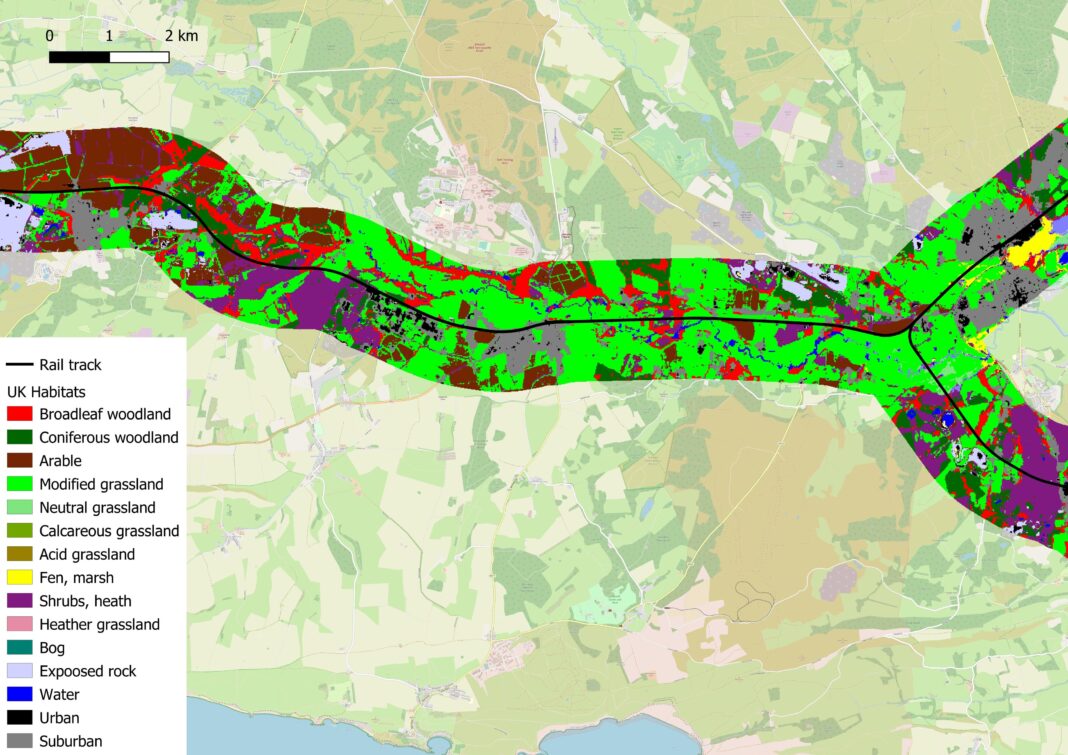
NEW cutting-edge technology is to help Network Rail workers and contractors be aware of the presence of rare species when carrying out infrastructure work.
The rail management firm has brought the UK Centre for Ecology & Hydrology (UKCEH) on board to produce a detailed national map of all the habitats found along Britain’s 20,000 mile rail network.
By combining the map with millions of records of species, UKCEH has predicted what animals and plants are likely to be present on line-side habitats – including grasslands, heathlands and woodland.
The initiative comes as part of Network Rail’s new biodiversity action plan, which was drawn up in collaboration with UKCEH scientists. The blueprint details the rail management firm’s commitment to end net loss in biodiversity on its land by 2024 and achieve a net gain by 2035.
Professor Richard Pywell, of the UK Centre for Ecology & Hydrology, said, “This is an ambitious new plan to use the latest technology to manage habitats more sustainably along Britain’s railways, and it has been a great opportunity to work with Network Rail to improve biodiversity.
“Using high-resolution satellite and aircraft imagery enables us to map habitats across the rail network in a safe, quick and cost-effective way. By analysing the wealth of biological records across the UK, we have been able to identify likely biodiversity ‘hotspots’ and understand more about the role of the railway in connecting wildlife across landscapes. Together, this new information will inform Network Rail’s thinking on how best to maintain and enhance the environment.”
Martin Frobisher, Network Rail’s safety, technical and engineering director, added, “This technology is tremendously exciting. Measuring biodiversity is very complicated and it’s especially tricky for a large organisation such as Network Rail, which manages a vast land estate spread throughout the country. This is a real breakthrough and this technology enables us to measure and monitor the progress we are making.
“We are determined to improve the biodiversity alongside the railway lineside. Our Biodiversity Action Plan sets out a new approach and by working with experts like UKCEH and by using the latest tools and technology we can better manage and conserve a species-rich lineside while continuing to run a safe and reliable railway that benefits our passengers, our neighbours, and our planet.”








